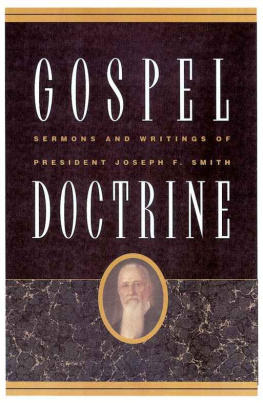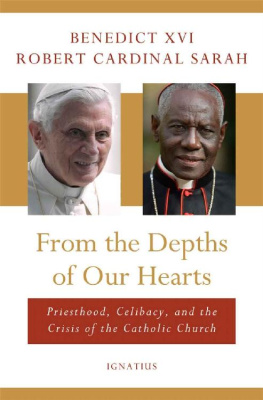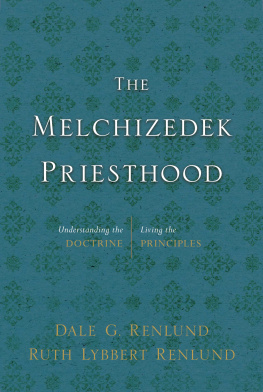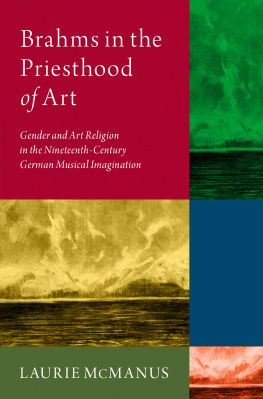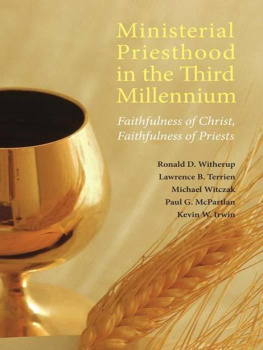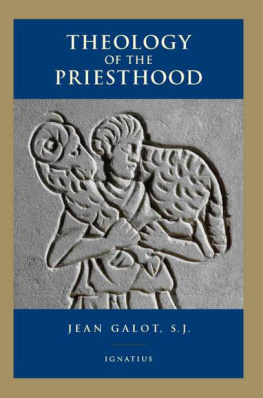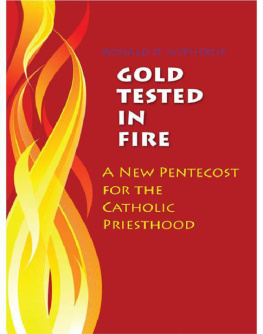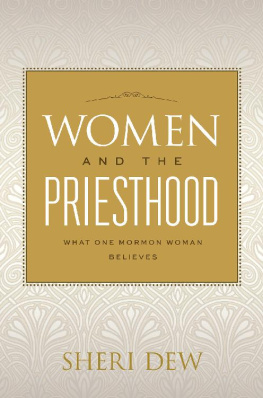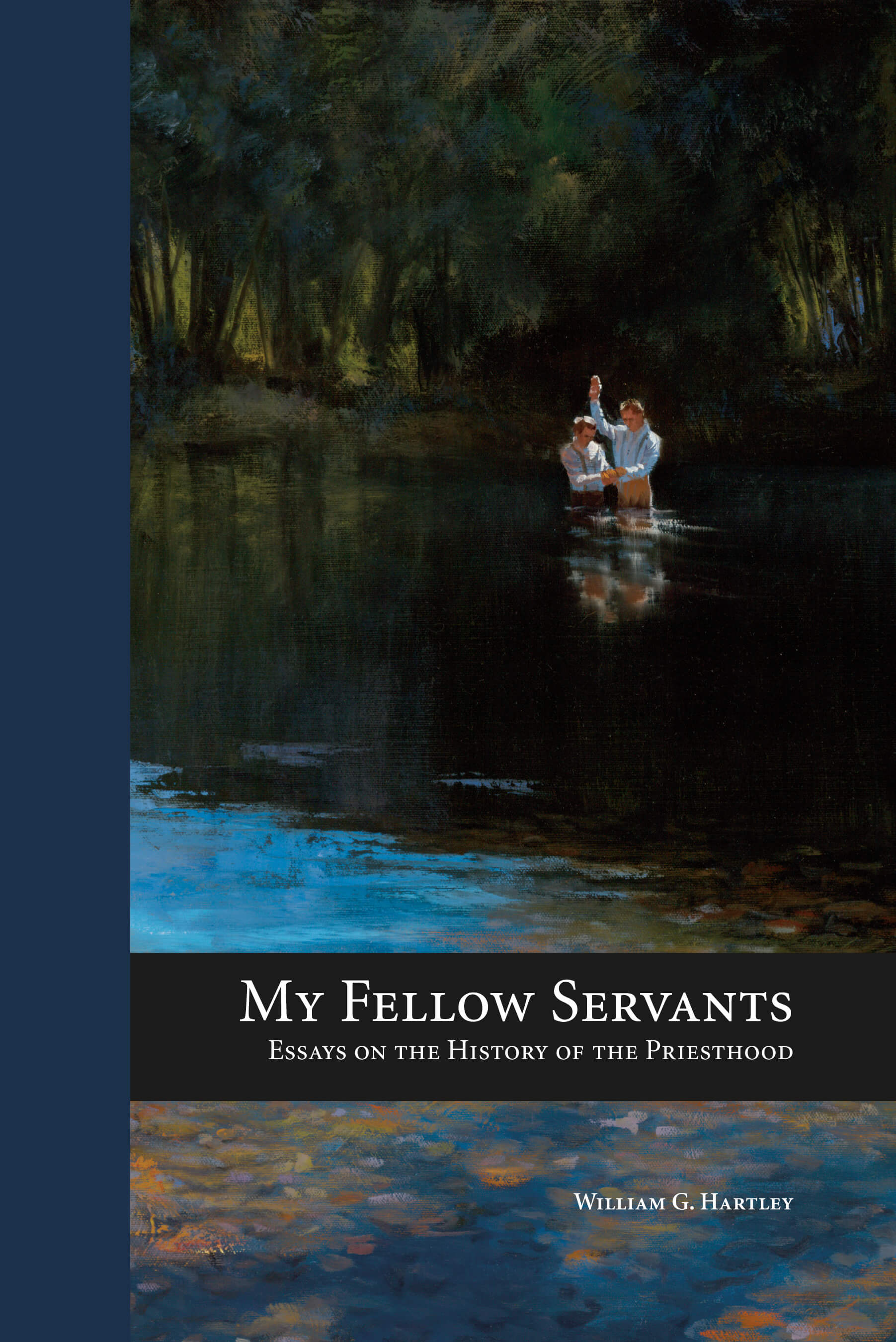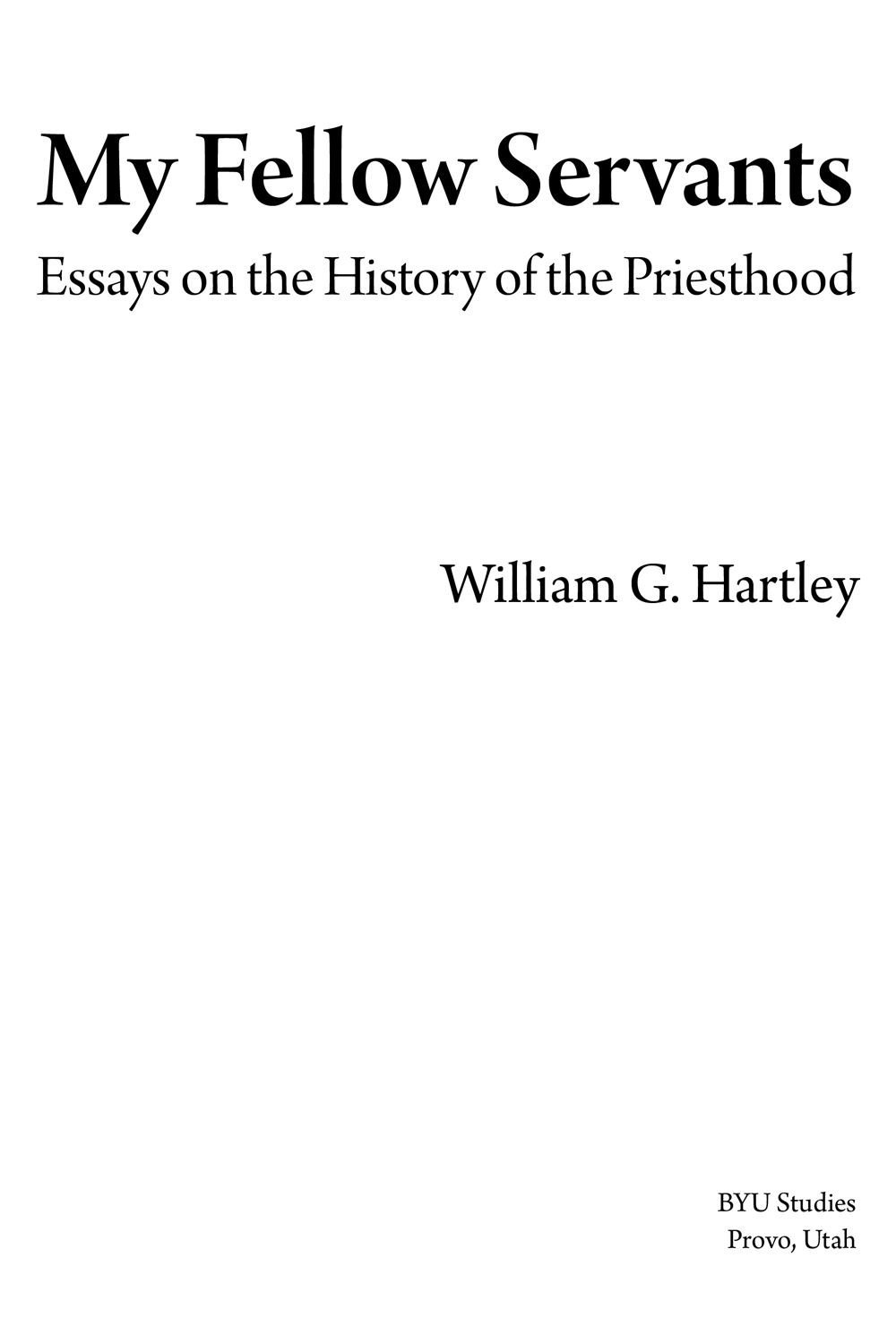Copyright 2010 Brigham Young University. All rights reserved.
Front cover image: detail of The Sacred Susquehanna by Glen Hopkinson; back cover: The Sacred Susquehanna by Glen Hopkinson. Visit glenhopkinson.com.
Cover design: Catharine Verhaaren Gruver
Some images courtesy of the Church Archives, The Church of Jesus Christ of Latter-day Saints, Salt Lake City. Some images courtesy of L. Tom Perry Special Collection, Harold B. Lee Library, Brigham Young University, Provo, Utah. Images from the Library of Congress are in the public domain.
All articles are reprinted by permission. Original publication data appears at the end of each article before any endnotes.
Opinions expressed in this publication are the opinions of the author and his views should not necessarily be attributed to The Church of Jesus Christ of Latter-day Saints, Brigham Young University, or BYU Studies.
No part of this book may be reprinted or reproduced or utilized in any form or by any electronic, digital, mechanical or other means, now known or hereafter invented, including photocopying and recording or in an information storage or retrieval system, without permission in writing from the publisher. To contact BYU Studies, write to 1063 JFSB, Provo, Utah 84602-6720, or visit https://byustudies.byu.edu.
Library of Congress Cataloging-in-Publication Data
Hartley, William G.
My fellow servants : essays on the history of the priesthood / William G. Hartley.
p. cm.
Includes index.
ISBN 978-0-8425-2767-5 (paperback : alk. paper)
ISBN 978-1-942161-94-3 (ebook)
1. PriesthoodChurch of Jesus Christ of Latter-day SaintsHistory. 2. PriesthoodMormon ChurchHistory. 3. Church of Jesus Christ of Latter-day SaintsHistory. 4. Mormon ChurchHistory. I. Title.
BX8659.H37 2010
262.149332--dc22
2010027691
Contents
Introduction
The priesthood is fundamental to the operations and organization of The Church of Jesus Christ of Latter-day Saints at every level. Every ward and every stake is led by the priesthood. This book is a collection of essays that represent my lifetime of research on the history of the restored priesthood. The chapters have been gathered from many publications, some of which were fairly obscure, so most of the information presented here will be new to the vast majority of readers.
The topic of priesthood is important to every Church member. Some are priesthood holders, some are married to such, and some are raising young members of the priesthood. In branches, wards, and stakes, all members interact regularly with priesthood leaders. Understanding the historical origins of priesthood policies and operations gives all people useful perspectives and insights into why things are done the way they are in the order of the Church. God works in various ways (not all of them mysterious) his wonders to perform, and looking closely at those efforts brings awareness of what God wants accomplished and how.
While other historians are experts on certain Church presidents or broad historical periods, I have concentrated my research career on how the Church has functioned decade by decade at grass-roots levels. My interest has been in the operations of the Churchs local units and programs. Because the Church has been guided by revelation, these ward operations, priesthood assignments, and quorum structures have seen significant alterations and redirections since the Church was first organized.
Introduction and Establishment
Joseph Smith started the Church in 1830 but did not establish it all at once. The organization developed line upon line. For example, it did not have stakes until 1834, so what were local Church operations like before there were stakes? The first wards were organized in Nauvoo, so how were local operations conducted before there were wards and ward bishops? Nauvoos nearly eleven thousand Saints attended church meetings on Sundays not in church buildings (chapels) but in private homes or outdoors in groves. In the mid-nineteenth century, people used the terms stake and branch interchangeably, such that some branches, for example, had high councils. We find that some Utah wards during the 1850s had a bishop and a president. Under President Brigham Youngs direction, Melchizedek Priesthood men, not boys, filled the Aaronic Priesthood ranks by serving as acting deacons, acting teachers, and acting priests. Only after 1877 did Church leaders expect boys to receive at least one lesser priesthood ordination before becoming elders, and only after 1908 did boys, as a rule, advance through all three Aaronic Priesthood ranks before adulthood. The sixth Article of Faith says that we believe in the office of pastor, and in the 1850s and 1860s pastors were an important leadership position in the Church in the British Isles. Between the two world wars, in some locations women prepared the sacrament tables by baking the bread and laundering, starching, and ironing the tablecloths. During World War II, a Salt Lake City bishop enlisted Beehive girls to collect fast offerings because he lacked deacons. Thousands of men once received ordination, not as elders, but as seventies when they were called on stake missions. When I was young, we attended stake conferences quarterly, at which the sacrament was administered during the Sunday afternoon session. Not very long ago, Church leadership included Assistants to the Twelve, and more recently Regional Representatives served throughout the world.
Early in the Utah pioneer period the first meetinghouses of log or adobe were so small that only a small percentage of a wards members attended sacrament meetings. For more than two decades, pioneer wards had no Relief Society, Primary, or Mutuals, and the Sunday School was only for children, not adults. By the 1880s, many wards had a meetinghouse, an amusement hall, a Relief Society building, a granary, and a bishops tithing office. In time, the first three buildings became consolidated under one roof housing a chapel, amusement hall, and Relief Society room. Soon after 1900, most members rejoiced when individual glass sacrament cups replaced the common goblet that was passed down a row from which everyone took turns sipping. From the 1890s until the 1940s, not silence but vocal solos and musical numbers accompanied the passing of the sacrament.
Such past practices, since replaced, show that leaders in the restored Church regularly adapt operations to various circumstances. Articles in this volume examine most of the interesting developments just mentioned; they present Church history from an administrative perspective, particularly regarding how directives at the top actually became implemented, or not, at the ward, quorum, and member level.
For Church members and leaders, a guiding principle needs to be made clear. As explained in a revelation given to Church President John Taylor on April 14, 1883, that announced revisions in Seventies work, the Lord can, in essence, redeploy his troops as he sees fit:
Thus saith the Lord unto the First Presidency, unto the Twelve, unto the Seventies and unto all my holy Priesthood, let not your hearts be troubled, neither be ye concerned about the management and organization of my Church and Priesthood and the accomplishment of my work. Fear me and observe my laws and I will reveal unto you, from time to time, through the channels that I have appointed, everything that shall be necessary for the future development and perfection of my Church, for the adjustment and rolling forth of my kingdom, and for the building up and the establishment of my Zion. For ye are my Priesthood and I am your God. Even so. Amen.


